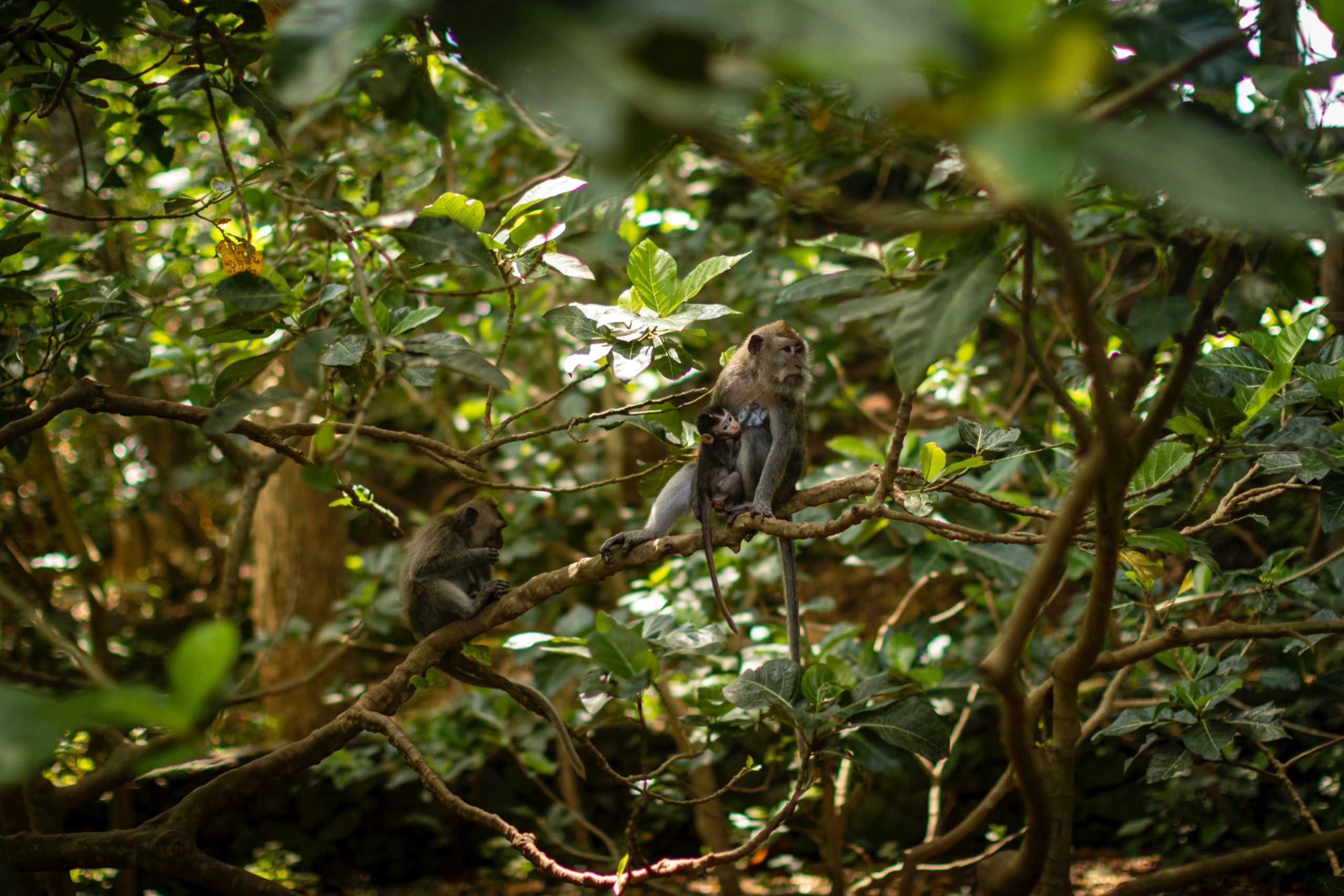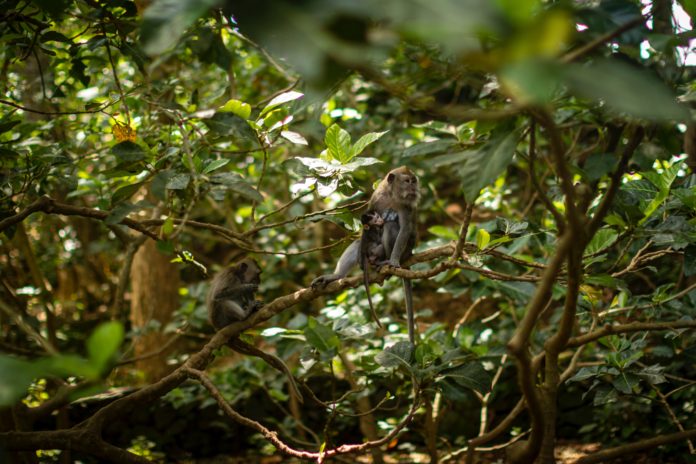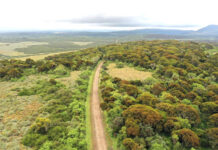By Scovian Lillian
Nairobi, Kenya: Mangroves are biodiversity hot spots and there is a need to restore them to enhance biodiversity in Africa. This will impact positively on fisheries and food security and mitigate climate change impacts while promoting the Sustainable Development Goal 15 of the 2030 Agenda, a marine Scientist says.
James Kairo, Chief Scientist at the Kenya Marine and Fisheries Research Institute says that mangrove ecosystems in Kenya and across Africa are facing the deforestation threat. “Unfortunately, around the world mangroves are threatened by a combination of human and natural factors,” he said in an interview.
A mangrove initiative called ‘Mikoko Pamoja’ (meaning ‘mangroves together’) initiated in Kenya by Kairo in 2013 has however impacted positively on health, water, sanitation, and environmental conservation, consequently improving community livelihood by proceeds made through carbon credits offsets in Gazi Kenya.
The initiative is located within the mangrove forest of Gazi Bay, on the South Coast of Kenya with a resident population of 5,400 distributed in the two local villages of Gazi and Makongeni.
Its main objective is to restore and protect mangroves through the sale of carbon credits and it covers a total of 117ha of state-owned mangroves, representing only 16 percent of mangroves in the bay.
According to Kairo, healthy mangrove ecosystems store, sequester carbon, and help degraded coastal ecosystems release carbon in Sub-Saharan Africa. He defines mangroves as vital but fragile marine ecosystems found on tropical and sub-tropical coasts around the world.
Studies have previously shown that mangroves are a more effective hybrid protection for coastal regions. They have also found that several sandy beaches of the African continent are naturally protected by ecological elements, such as coral reefs, seagrass, and mangroves.
Currently, a group of farmers on the South Coast is benefiting from growing mangroves and earning carbon credits. The group is managing 290 acres of mangrove forests in Gazi. So far, the locals have invested mangrove proceeds in building classrooms, renovation of infrastructure in schools, purchase of school books, supporting football teams, and constructing water points for community use.

Mohammed Bomani, a resident in Gazi said; ”Mikoko Pamoja has enabled us to easily access water and equip our hospitals with furniture. As a community, we are benefiting from it and it is impressive. We hope that we shall continue to reap more from the project”.
Kairo says that “Mangrove restoration can support the implementation of many international agreements for instance the Sustainable Development Goals, Convention on Biological Diversity, United Nations Decade on Restoration (2021-2030), and Sustainable Ocean Economy among others”.
He adds that the Mikoko Pamoja initiative is a triple win for climate, community, and biodiversity conservation and its success is being replicated elsewhere in Kenya and Africa at large.
“The small-scale carbon offset project uses mangroves as the domain to foster healthy biodiversity and thus the initiative has been replicated in Madagascar, Mozambique, and Tanzania. “We are also working with our partners in the Gambia, Liberia, and Columbia to promote incentive schemes like community engagement in mangrove conservation”, he explains.
Lalao Augrette, the National Technical Advisor for mangrove and blue carbon in Madagascar, tells Mail & Guardian that the concept of the mangrove carbon project that is both in Kenya and Madagascar will go a long way toward improving environmental conservation.
The project, for instance, it has introduced to the local communities in Madagascar to preserve biodiversity: “The project called Tahiry Honko was implemented in 2014 and registered by the Plan Vivo in 2019, with an aim to establish a sustainable, long-term financing through the sale of Plan Vivo carbon certificates which will reduce deforestation and degradation to restore mangroves.”
“A Carbon offset credit refers to a transferable instrument certified by governments or independent certification bodies to represent an emission reduction of one metric tonne of CO2 or an equivalent amount of other Green House Gases, Augrette defines.
She explains that the main relationship between mangroves and carbon credits is that habitat loss is typically associated with a loss in terms of biodiversity, hence carbon credits generated by conserving and restoring mangrove ecosystems, which contribute to poverty alleviation and biodiversity conservation.
Lalao believes that mangroves play a role in global targets, especially focusing on SDG6 for Clean Water and Sanitation where carbon revenue is used to construct wells for communities, and SDG 13 which promotes climate action Climate Action where mangrove carbon projects tackle climate breakdown to sequester carbon from the atmosphere and finally SDG14 that promotes life below water – through protecting and restoring mangroves by revitalizing fish stocks, rejuvenating and sustaining mud crab and shrimp fisheries.
She says; “I think Sub-Saharan African Countries should care about mangroves for biodiversity because they play roles ranging from coastal protection, erosion control, and carbon sequestration and supporting fisheries”.














